How To Prevent and Manage Piles Without Surgery

Piles, or haemorrhoids, are a common health concern affecting millions of people around the world. This medical condition is not only limited to males; females are also equally impacted by this health issue. This concerning medical condition can be characterized by swollen veins in the lower rectum, which results in pain, itching, discomfort, and bleeding. There are many factors that can lead to piles, such as constipation. Although men and women are both equally affected by this condition, the causes in women are slightly different from those in men. In this blog, we will learn more about piles in women, their causes and symptoms, and how to reduce piles.
Causes of Piles in Women
Although most of the causes of piles in women are similar to men, some of them might be a little bit different from men. Listed below are the factors that can lead to piles.
- Pregnancy
- Sitting for very long hours in the same position
- Constipation
- Wrong and unhealthy diets
- Diarrhoea and irritation
- Ageing
- Heavy lifting
Symptoms
Piles or haemorrhoids are generally common in both men and women. As mentioned here, here are some of the common symptoms that can be seen in a person with piles.
- Swelling, irritation, and itching in the rectum
- Bleeding during bowel movements
- Lumps in the anal region
- Mucus discharge and leakage
- Unusual pain and discomfort
Piles Treatment for Female
There is no need to explain how painful piles can be for women. There are many alternative solutions around us that can help cure piles without surgery. Some of them are listed below.
Sitz Bath
Sitz baths are one of the most popular treatment options for dealing with piles effectively. This process involves soaking your abdomen and mid-thigh region in warm water for 10–15 minutes. This warm water may help to relax inflamed tissues in the anal region and provide relief from itching, irritation, pain, swelling, and discomfort. You can also add a few drops of any essential oil of your choice for more relaxation.
Cold Compress
A cold compress is used to numb the affected area to relieve swelling, itching, and pain. Take a cloth and wrap a few ice cubes in it before applying it to the affected area. Press it gently on the topical region for 10–12 minutes.
Diet
Food is the ultimate source of energy we have, but in our busy lifestyle, we often eat unhealthy junk or processed food that leads to the development of health conditions like constipation, which eventually converts to haemorrhoids. To avoid health concerns like piles, you need to eat a balanced diet rich in fibre. Add fruits, vegetables, whole grains, and legumes to your daily meals to be free from piles.
Topical Treatments
Topical treatment is often considered one of the best pile treatments for females. Apply a pile of oil or cream to the affected area and leave it for 10–15 minutes. Avoid bowel movements for at least 2 hours after the application. Regular application of such creams or oils can help reduce piles, lumps, and discomfort.
Ayurvedic Treatments for Piles
Ayurveda, the ancient practice of medicines, is based on the nutritional benefits of herbs surrounding us to treat any disease. Thus, Ayurveda also has many herbs that can treat piles effectively; a few of them are listed here.
Harad: Harad is a common ingredient that is famous for its benefits in treating piles. This herb helps to heal wounds in the gut during piles and resolve digestive issues. Because of its benefits, it has been used in the preparation of many ayurvedic medicines for centuries.
Nagkesar is another renowned herb in Ayurveda that has the ability to shrink piles of lumps and provide relief from bleeding piles.
Daruhaldi: In Ayurveda Daruhaldi is an herb that is famous for its benefits for maintaining health by treating piles and their symptoms, such as inflammation. Daruhaldi can be found in many piles of care capsules as the main ingredient.
Reetha: Reetha is a famous natural ingredient that is famous for its benefits for hair health, but most people are still unaware of its benefits for treating piles. Reetha seeds have the ability to reduce inflammation and swelling effectively.
Taramira is another effective ayurvedic herb that helps in managing piles by improving digestion and working to reduce constipation, the main cause of piles. It also helps to reduce pile pain.
Conclusion
Piles can be painful, unpleasant, uncomfortable, and a hard nut to crack, but by following some useful strategies, you can easily avoid surgery and treat piles at home. These strategies include sitz baths, eating a fibre-rich diet, applying cold compresses, topical treatments, and ayurvedic treatments for piles. While pile treatment can be stressful, these remedies can help manage them easily.






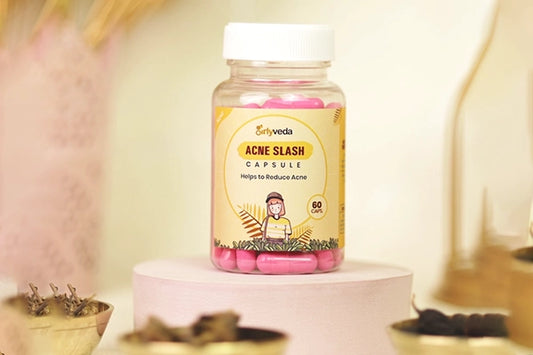

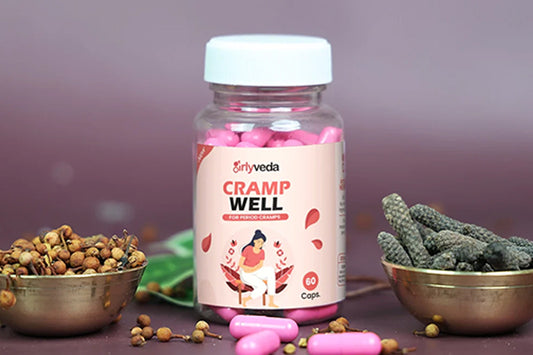
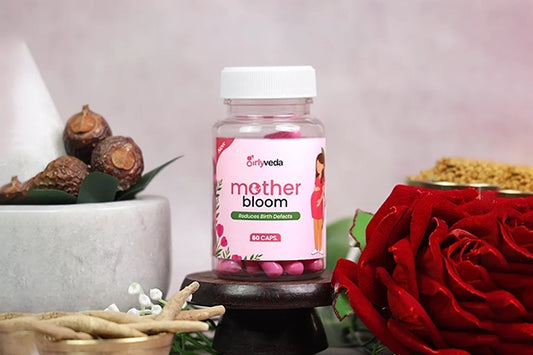
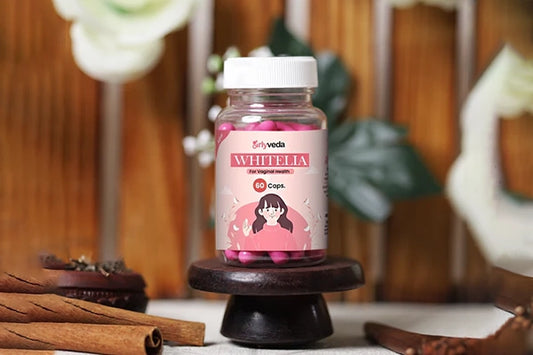
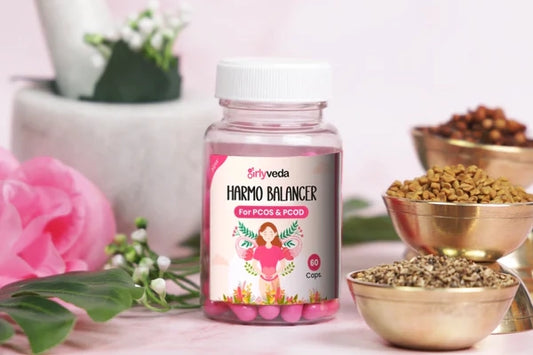
Thoughts on "How To Prevent and Manage Piles Without Surgery"